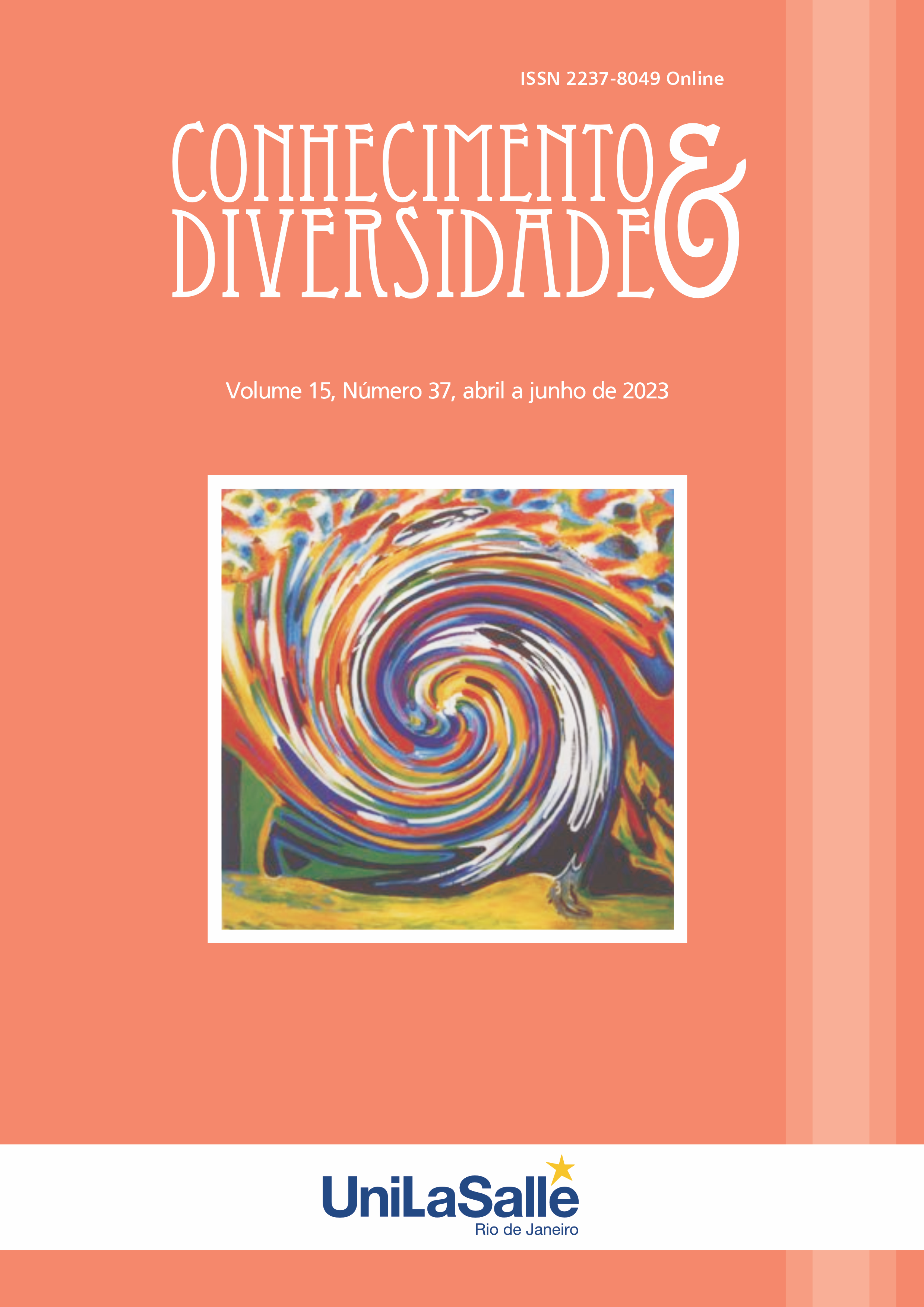INSTITUTIONAL TOOLS FOR THE DEVELOPMENT OF VOLUNTEERING
DOI:
https://doi.org/10.18316/rcd.v15i37.10967Keywords:
Volunteer, Charity, Assistance, Methods of Encouragement, People, SocietyAbstract
The application of the study of the history and current state of volunteering is conditioned by the presence of some systemic problems, such as political and legal, profit, environmental, and socio-artistic, which are reflected at the global and community levels. In ultra-modern countries, where the behavior and impact of destructive spheres are complex and multidimensional, it is not always possible to overcome these problems without the participation of active citizens who engage in volunteer activities. At the present stage, volunteering is an important social force in terms of the number and nature of conditionality, which, together with other political institutions such as countries, interstate and supranational associations, determines the policies and strategies of the future of humanity. Therefore, the article aims to summarize theoretical provisions on the content of volunteering, to conduct a comprehensive analysis of its historical development and current state. An equally important task is to substantiate practical recommendations on promising ways to develop domestic volunteering, in particular among students. In the course of the study, general scientific and special methods were used, which allowed for a comprehensive study of the historical, theoretical aspects, and praxeological dimensions of volunteering. The method of analysis was chosen to process scientific works on the research topic. The method of synthesis was utilized to systematize scientific developments. Besides, observation and generalization allowed us to comprehend the identified international and Ukrainian realities of volunteering development. Moreover, concretization was applied to formulate specific conclusions and proposals based on the material analyzed.
References
Bekkers, R. (2004). Trust, accreditation, and philanthropy in the Netherlands. Nonprofit and Voluntary Sector Quarterly, 33 (4), 596–615. https://doi.org/10.1177/0899764004269483.
Breeze, B. (2000). The institutionalisation of volunteering: The case of the Royal National Lifeboat Institution. Voluntary Action, 3 (2), 45–60.
Eckstein, H. (2001). The institutionalization of society. In Smelser, N. J. & Baltes, P. B. (Eds.), International Encyclopedia of the Social & Behavioral Sciences (pp. 7674–7677). Elsevier. https://doi.org/10.1016/b0-08-043076-7/02411-3
Evers, A. & Laville, J. L. (Eds.). (2004). The third sector in Europe (2nd ed.). Edward Elgar.
Fowler, A. (2005). The role of reputation in nonprofit organizations: The ethical implications of proposed disclosure rules. Nonprofit and Voluntary Sector Quarterly, 34 (2), 205–223. https://doi.org/10.1177/0899764004270011.
Haski-Leventhal, D. & Meijs, L. C. P. M. (2011). The volunteer process model: Organizational barriers and personal motives of volunteers. Voluntas: International Journal of Voluntary and Nonprofit Organizations, 22 (4), 773–794. https://doi.org/10.1007/s11266-011-9198-6.
Murphy, J. (2013). The institutionalization of volunteering. Voluntary Sector Review, 4 (2), 239–254. https://doi.org/10.1332/204080513X666173.
Nazarchuk, O. M. (2022). Protection of human rights: current state and problems of implementation. "Actual problems of jurisprudence". Issue 2 (30). P. 19–23. Ternopil. http://app.wunu.edu.ua/wp-content/uploads/2022/06/2-2022.pdf.
Plant, R. W. (1996). Volunteerism as institutional work. Nonprofit and Voluntary Sector Quarterly, 25 (3), 319–339. https://doi.org/10.1177/0899764096253007.
Putnam, R. D. (2000). Bowling alone: The collapse and revival of American community. Simon and Schuster.
Smith, D. H. & Stebbins, R. A. (Eds.). (2014). The Palgrave handbook of volunteering, civic participation, and nonprofit associations. Palgrave Macmillan. https://doi.org/10.1057/9781137294675.
Smith, D. H. & Warburton, J. (2007). Volunteerism, institutions, and policy. In Smith, D. H., Stebbins, R. A. & Grønbjerg, J. G. (Eds.), The power of giving: Philanthropy and society in a changing world (pp. 147–162). Indiana University Press.
Wuthnow, R. (1994). Sharing the journey: Support groups and America's quest for community. The Free Press.
Downloads
Published
Issue
Section
License
Copyright (c) 2023 Igor Sazonets , Oleh Vivsyannyk , Olena Babiak , Olena Khanina , Petro Fesianov

This work is licensed under a Creative Commons Attribution 4.0 International License.
As recommended by the Public Knowledge Project, RCD adopts for its articles a CREATIVE COMMONS Attribution CC BY 4.0 license.
This license allows others to distribute, remix, adapt and build upon your work, even commercially, as long as they credit you for the original creation.
This is the most appropriate license offered.
Recommended for maximum dissemination and use of licensed materials.



